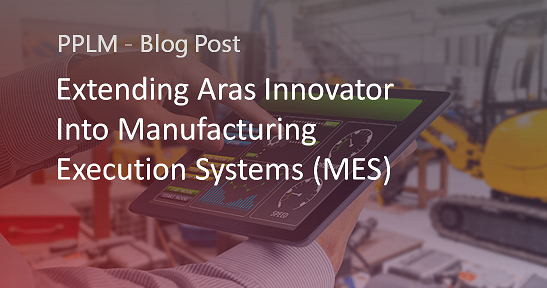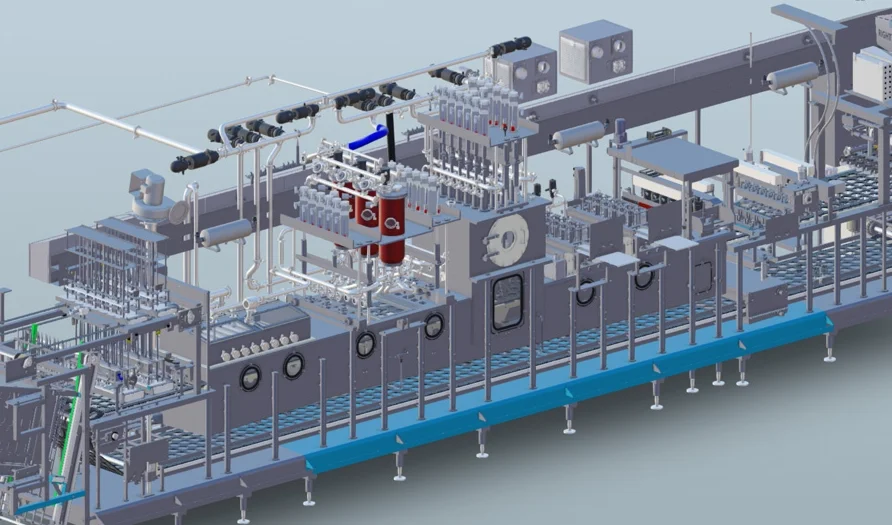Extending Aras Innovator into Manufacturing Execution Systems (MES) for Build/Engineer-to-Order Manufacturers
/Manufacturing execution systems (MES) have traditionally been closely tied to the enterprise resource planning (ERP) and material resource planning (MRP) domains. While MES’s connectivity to ERP and MRP is critical, these highly transactional environments provide a limited view into critical sources of process intensive product information living is such environments as product lifecycle management (PLM) systems.
Read More










